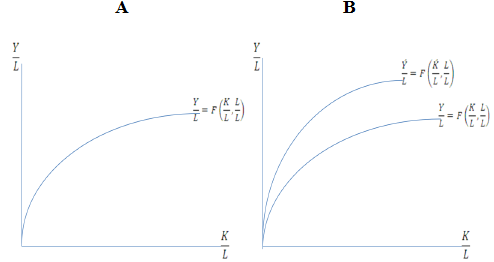Reference no: EM134436
Question 1
a) What is GDP? Show the two ways in which it is measured, and why the two ways must come to the same result. Taking the most general measure, what are its components (i.e. what is GDP composed of)? Discuss the importance of expectations about the future on the several components of GDP.
b) "Our country's GDP is bigger than theirs. Thus, our social welfare (well being) is higher than theirs". Show the validity of this statement in detail. If we do not use GDP, what other measures might we use and why might they be better?
Question 2
a) Describe unemployment and the unemployment rate. Might we be able to say "Job Stats: Too Good to be True?"
b) You read that the unemployment rate has risen. Your mother says that the decline means the economy is falling back into recession. You disagree, and say that the economy can be getting better. Describe why you may be correct.
c) Compare and contrast the "Natural Rate" and the "NAIRU" rates of unemployment? What do each imply about policies to reduce unemployment? Why? How is NAIRU supposed to be a "better" definition than "Natural Rate"? Are either of these good definitions? Why or why not?
d) Unemployment rates have been linked to inflation rates. Describe this. It has been said that the "War on Inflation" dictates lower wages. Illustrate.
Question 3
a) Full employment is often said to be the norm. Carefully answer how this can be true.
b) Full employment is often said to NOT be the norm. Carefully answer how this may be true.
Question 4
a) What is money? Show its functions and characteristics and how these characteristics are important to what money is and does.
b) Money is said to be the cause of modern civilization. Show.
c) Apparently, money is better at what it does than is any other system. Carefully show why people would want to use money as opposed to not using money.
Question 5
a) What is money demand? Show a graph and use it to illustrate your point. Describe the transactions, speculative, and precautionary demands for money and how they can give us a money demand curve.
b) Given the Total Cost of Holding Money = ry/2n+fn, thoroughly describe what the equation means and how weobtain the Total Cost of Holding Money curve.
c) Let interest rates fall. Given the above equation, show what happens to the number of conversions. How does this help us find a money demand curve?
d) What happens if fees on ATMs fall? How does this affect the number of conversions and our demand for money?
Question 6

a) Making use of the two production functions provided above, describe which portrays short run growth and which portrays long run growth and why. Be precise, and define and describe all economic notation given on the graphs.
b) Using reasoning from part a) describe which is more important for sustained long-term growth: more capital or technological change.
c) In addition to either parts a) or b), what are some other sources of long-term growth. List and briefly explain.
d) Your friend suggests that since the economy is growing, everyone is better off. You suggest that this may be true, but there are times when it may not be true. Explain it to your friend.
Question 7
It says on your currency "This note is legal tender for all debts public and private". Show one place in your daily economic life that currency is not usable for debts. Also, distinguish between "government created money" and "market created money".